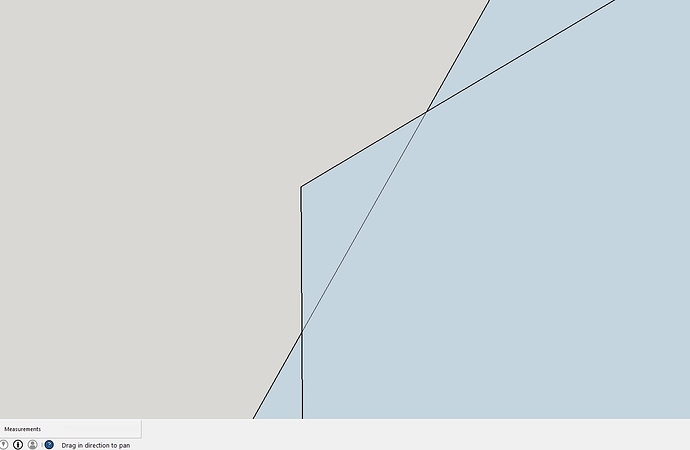I don’t know what method is used, but in the first case (1000 edges), for example, I would iterate through the integer values of 0, 1, 2, etc. all the way up to 999. For every integer value (call it ‘n’), I would calculate each angle by: A = n * 2 * PI / 1000 and then use each intermediate result to calculate the x and y values (using either trig or vectors). This approach eliminates any inaccuracies caused by cumulative error.
You’ve already answered the question but miss-stated the problem. Both the 1000 side polygon and the 6 sided polygon are exactly circumscribed by the 160000mm radius circle, but the 6 sided hexagon doesn’t fit exactly within the 1000 sided polygon (and never will) because of the “problem of dividing between 10 and 6” evenly.
Yes, exactly. Because the 1000 / 6 = 166.66666666… becomes 720 / 6 = 120 which means that every vertex of the hexagon exactly coincides with every 120th vertex of the 720 sided polygon. Both are still exactly circumscribed by a mathematically defined (i.e., infinite sided) circle with a 160000mm radius. The issue of Pi being a transcendental number don’t enter into it.
This has already been explained several different ways by Wo3Dan, Colin, Geo, and TIG (I honestly don’t think that you are listening to their explanations).
One more approach … create a 1000 sided polygon with a 160000mm radius by dragging the cursor along the x-axis. Then create a hexagon the same way. Now zoom in and compare the length of the first segment of the 1000 side polygon to the length of the last segment. If they are the same, then there is no calculation error regardless of how the polygon was created. Also note that the hexagon exactly coincides with the first polygon:

One more thing, if you click on each of the polygons, you get the true radius and true circumference of the circumscribed 160000mm radius circles:

BTW, my calculator says that the circumference is (approximately) 1005309.6491487338363080458826494mm. If I wanted to know the true length of the arc between two adjacent vertices, I divide this number by 1000 and get: 1005.3096491487338363080458826494 which is (approximately) 0.00661514873383630804588264944092mm longer than the chord formed by the same vertices.
I would be more than happy to try this for you. Can you please elaborate?




